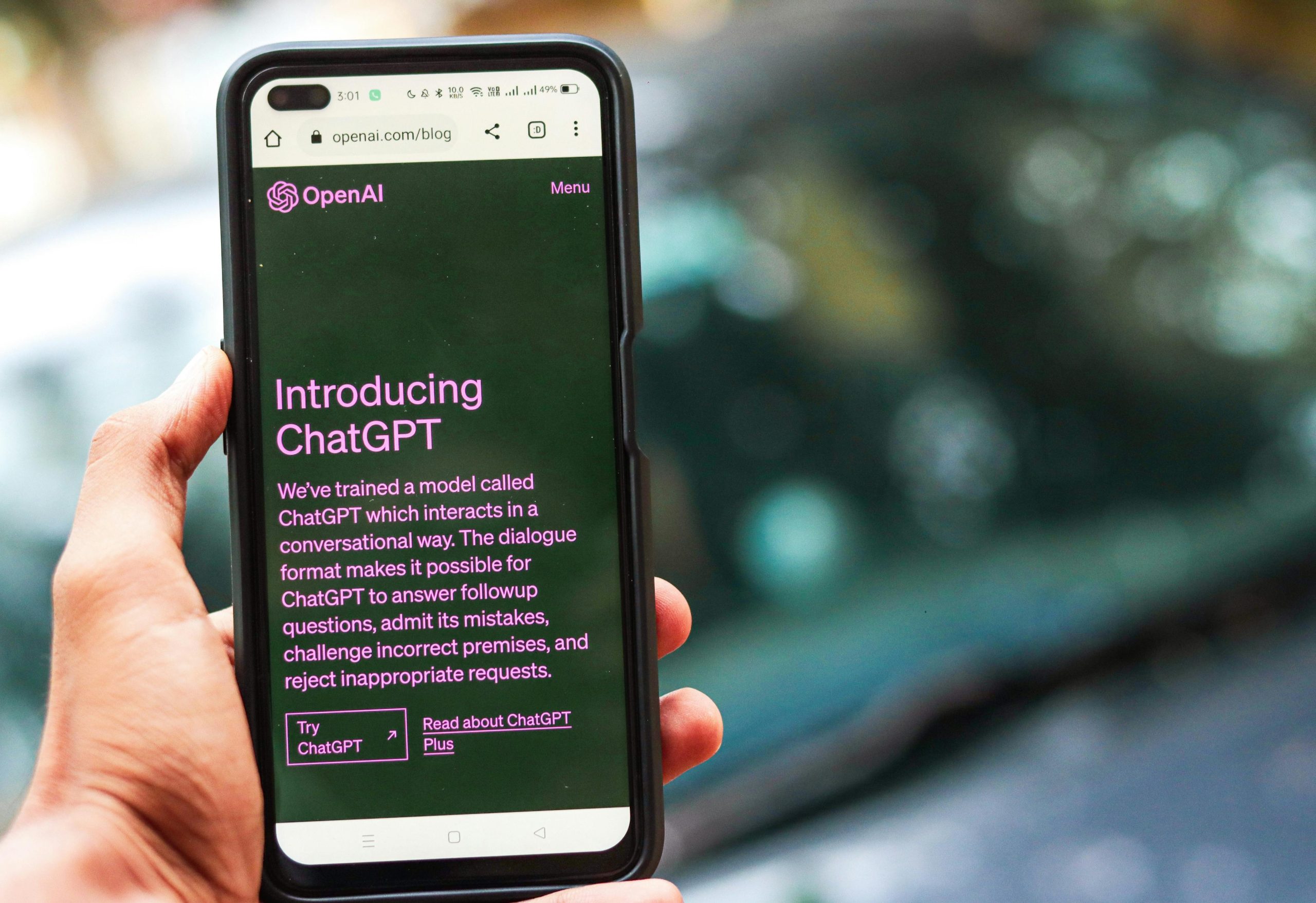Customer service has always been the backbone of successful businesses, but the way companies interact with their customers is undergoing a dramatic transformation. Thanks to advancements in artificial intelligence (AI), chatbots and virtual assistants are revolutionizing the customer service landscape. These AI-powered tools are not just enhancing efficiency—they’re redefining the entire customer experience by providing instant, personalized, and round-the-clock support. From answering FAQs to resolving complex issues, AI is changing the game in ways that were unimaginable just a few years ago.
The Rise of AI in Customer Service
AI has rapidly evolved from a futuristic concept to a practical tool that businesses rely on daily. The integration of AI into customer service began with simple automated responses but has now advanced to sophisticated systems capable of understanding and processing natural language. Chatbots and virtual assistants leverage machine learning (ML) and natural language processing (NLP) to interpret customer queries, learn from interactions, and deliver increasingly accurate responses over time.
One of the key drivers behind this shift is the demand for instant gratification. Modern consumers expect quick, seamless, and efficient service—something traditional call centers often struggle to provide. AI-powered solutions bridge this gap by offering:
- 24/7 availability: Unlike human agents, chatbots don’t need breaks or sleep.
- Scalability: AI can handle thousands of queries simultaneously without compromising quality.
- Cost efficiency: Reducing the need for large customer service teams lowers operational costs.
How Chatbots Are Enhancing Customer Interactions
Chatbots have become a cornerstone of modern customer service strategies. These AI-driven programs simulate human conversation, allowing businesses to engage with customers in real time. Whether embedded in websites, social media platforms, or messaging apps, chatbots provide a versatile and user-friendly interface for resolving issues.
Here’s how they’re making an impact:
- Instant responses: Customers no longer have to wait in long queues for simple inquiries.
- Personalization: Advanced chatbots analyze customer data to offer tailored recommendations and solutions.
- Multilingual support: AI can communicate in multiple languages, breaking down barriers for global businesses.
For example, e-commerce giants like Amazon and eBay use chatbots to guide users through purchases, track orders, and handle returns—all without human intervention. This not only improves customer satisfaction but also frees up human agents to tackle more complex issues.
Virtual Assistants: The Next Level of AI Customer Support
While chatbots excel at handling structured interactions, virtual assistants take AI customer service a step further. These systems, like Apple’s Siri, Google Assistant, or Amazon’s Alexa, are designed to understand context, remember past interactions, and even predict customer needs.
Virtual assistants are particularly effective in:
- Voice-based interactions: Customers can speak naturally, making the experience more intuitive.
- Proactive support: AI can anticipate issues, such as reminding users about subscription renewals or suggesting troubleshooting steps.
- Integration with smart devices: From adjusting thermostats to placing grocery orders, virtual assistants streamline daily tasks.
Businesses are increasingly adopting virtual assistants to provide a seamless omnichannel experience. For instance, banks use AI assistants to help customers check balances, transfer funds, or report lost cards—all through voice commands or text.
The Benefits and Challenges of AI-Powered Customer Service
While the advantages of AI in customer service are clear, it’s important to acknowledge both the benefits and the challenges.
Benefits
- Improved efficiency: Faster resolution times lead to happier customers.
- Data-driven insights: AI analyzes customer behavior to identify trends and improve services.
- Consistency: Unlike humans, AI delivers uniform responses, reducing errors.
Challenges
- Limited emotional intelligence: AI may struggle with nuanced or emotionally charged interactions.
- Integration complexity: Implementing AI solutions requires technical expertise and seamless system integration.
- Privacy concerns: Handling sensitive customer data responsibly is critical.
Despite these challenges, the benefits far outweigh the drawbacks, especially as AI technology continues to improve.
The Future of AI in Customer Service
The evolution of AI in customer service is far from over. Emerging technologies like generative AI and emotion recognition are set to take chatbots and virtual assistants to new heights. Imagine a future where AI can detect frustration in a customer’s voice and escalate the issue to a human agent—or even adjust its tone to sound more empathetic.
Businesses that embrace these innovations early will gain a competitive edge. As AI becomes more sophisticated, the line between human and machine interactions will blur, creating a customer service experience that’s faster, smarter, and more personalized than ever before.
In conclusion, AI-powered chatbots and virtual assistants are revolutionizing customer service by delivering unmatched speed, efficiency, and personalization. While challenges remain, the potential for growth and improvement is limitless. Companies that leverage these tools effectively will not only meet but exceed customer expectations, setting new standards for service excellence in the digital age.
